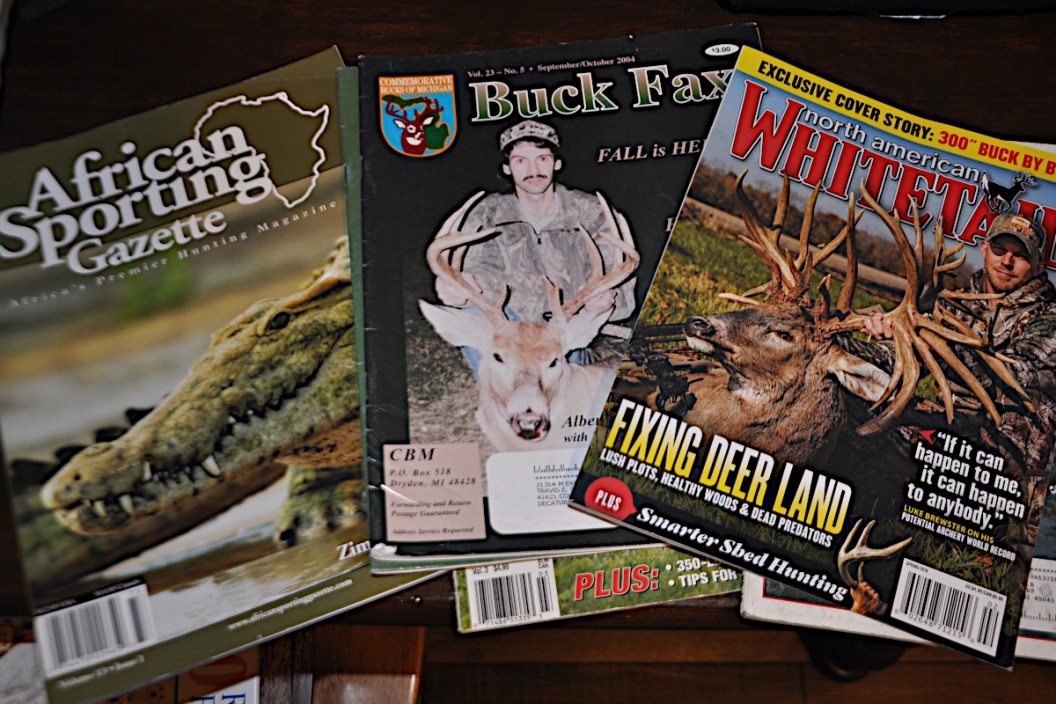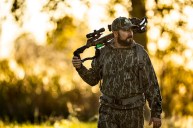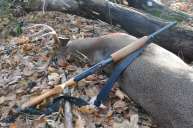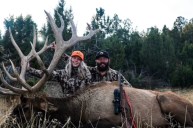Here are three things we miss about hunting magazines.
"Print is dead." Harold Ramis said this rather bluntly to fellow actor Annie Potts in the 1984 movie "Ghostbusters." It was meant as a laugh, but it seems instead like it was simply a prediction 35 years ahead of its time.
Because, if we're being honest, most print IS mostly dead here in the United States.
I noticed during a trip to Europe a few years ago that they seem to be hanging onto newspaper and magazines a little longer across the big pond than we are here. But even then, in my conversations with the people there, I realized it's true. Printed media is slowly going extinct everywhere as people increasingly turn to social media and the web for information. Magazine subscription sales are dwindling; there's no way around it.
Sadly, the phasing out of print includes the outdoor magazines we used to look forward to every month: Deer & Deer Hunting, Petersen's Bowhunting, Sports Afield, Buckmasters, Outdoor Life, Field & Stream, Guns & Ammo and more.
Now, to be fair, most of these publications are still printing, but most have been massively scaled back. Today, Field & Stream and Outdoor Life have been reduced to an online-only format.
It's a shame and here are some of the things we already miss about them.
The story-telling ability of the writers
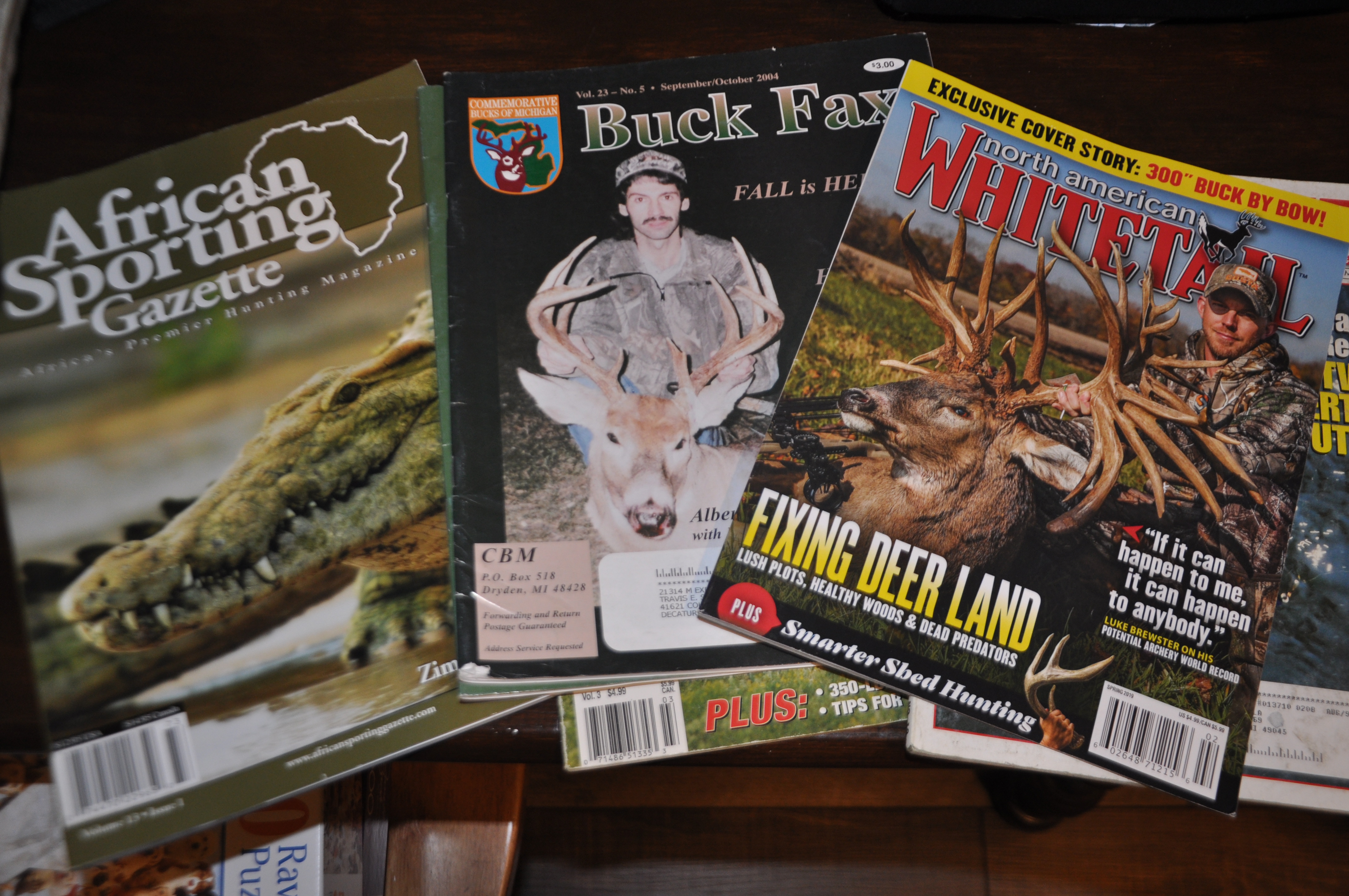
Travis Smola
For years, I didn't have a subscription, but I never missed picking up a copy of North American Whitetail magazine from stores. The publication had a great deal of information on hunting whitetail deer. It was especially informative with hunting tips for someone who just getting into bowhunting, like I was in the early 2000s.
But what I enjoyed about that deer hunting magazine more than any other were the big buck stories from the previous season. Sometimes they were written by the hunters themselves.
For the biggest bucks, the potential new record holders, they would send a writer out to get the story from the deer hunter in person. And they would paint a rich picture of the hunt from beginning to end that literally jumped off the pages at you.
Outdoor Life magazine had a great recurring feature called "This happened to me!" with short outdoor adventure stories from readers each month. They were illustrated in a kind of comic book format. The magazine published a few compilations of the best of this feature over the years. The stories of grizzly bear attacks, deer springing back to life after being shot and gigantic marlin pulling saltwater anglers overboard made for fantastic winter reading on a cold night.
In 1997, as I was just getting back into fishing, I will never forget seeing photos of Paul Duclos' alleged 24-pound largemouth bass on the cover of Outdoor Life. I read that story again and again until the pages were worn and dog-eared. The details of that story, and why the fish could never be the world record, were simply unbelievable.
Outdoor stories today aren't often written in a style that produces imagery to ignite the reader's imagination anymore, and that's a real shame.
The legitimacy of the stories.
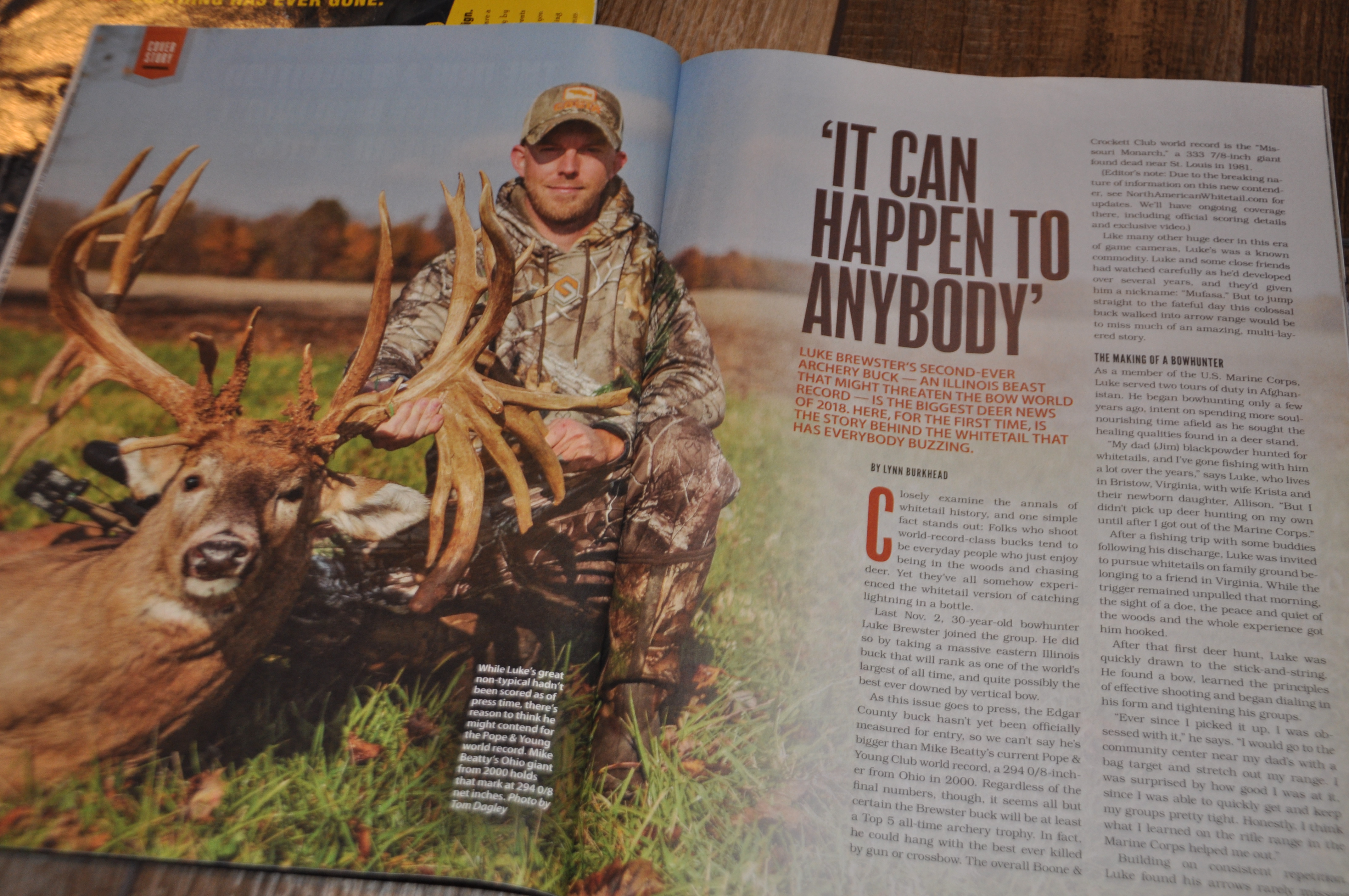
Travis Smola
These days, every time the latest hunting story hits the internet, the detractors come with it. It's especially bad for big buck stories.
"Fake news!" "High-fence buck!" "Poached!" Those are just some of the negative comments I see every single time an animal like the Brewster buck emerges out of the woodwork.
But seeing an animal like that on the cover of the best hunting magazines added instant legitimacy to the story. You knew the writer and editors had done their homework and the stories were true: this monster deer really was real, and you were in for a reading treat with the story inside the pages of the magazine.
These days, when news outlets pick up stories dealing with the outdoors, the people writing them aren't familiar with hunting. As a result, they get things wrong or just don't understand the jargon. In my last newspaper job, one of my non-hunting coworkers was writing a hunting-related story. He was legitimately confused about why hunters used the term "harvested" to refer to the take of an animal.
After a roughly 10-minute heated discussion between myself and another co-worker, he then refused to use the term. This led to my other co-worker stamping out of the office in a fit of rage (This happened in Wyoming, where nearly everyone hunts). Without hunting magazines, many stories are written without the proper knowledge or context.
There is a ton of disinformation on the internet, especially on hunting. About a month ago, while writing a piece on deer shot placement, I ended up stumbling across some webpages on the subject that clearly weren't written by a hunter. I knew that when several of them were advocating headshots as a good way to take down a deer!
For some internet sources, you must do research to make sure the material you were reading was written by a real outdoor sportsman or woman (Here's the story of my 2019 Michigan buck in case you were questioning my credentials!).
With hunting and fishing magazines, you never had to worry about this stuff. The big game rut tactics you were reading were all tried and tested, and they would work for you.
A collection of magazines was a collection of (offline) knowledge.
I used to save all my hunting magazines. I had hundreds, if not thousands of them dating back to the late '90s. It was a vast repository of hunting knowledge that no doubt helped bolster my outdoor writing career. And, I threw almost every one of them out when I moved a few years ago because they were taking up too much space.
I somewhat regret it now, because some of those magazines had tactics and bowhunter techniques that I have seen rarely, if ever, discussed in internet circles.
If only I had a remote hunting cabin, I would have deposited all of them there for reading materials. They could still provide a bit of nostalgia and knowledge. There have been several times while working for Wide Open Spaces I wish I had some of those old magazines as a quick reference/fact check, especially for some of the pieces I've done on famous big deer harvests over the years.
Unless you bookmark it or save an offline copy, it can sometimes be difficult to find the same hunting story or page of knowledge on the internet again years down the line if you want to look something up. And it's impossible if you suddenly find yourself without internet access.
But a magazine? It was simple. Put a post-it note on the page for quick reference if you know you'll want to check it later. Magazines were also always handy for when the power went out during a bad winter storm. You could make the best of the situation and increase your archery knowledge or figure out what new hunting gear you might be interested in. You could research that new handgun or crossbow you've been planning to buy for a while.
Before I forget, there's one more aspect of hunting magazines I truly miss: Wild game and fish recipes. Sure, you can find plenty of good ones on the internet, but I'm sure I threw away some hidden and obscure gems when I decided to take out the trash. The thing is, most hunting magazines don't have back issues online. That means the data and knowledge from them is lost forever.
As outdoorsmen and women, we're adamant about disconnecting from technology and getting back to nature. It makes one wonder why magazines didn't survive longer because of that.
They're not gone yet.
I'll admit I haven't helped the problem of print slowly dying out. I haven't had an outdoor magazine subscription in forever. A few months ago, I went on a trip to the Berkley fishing facilities in Iowa. While I was there, I met several outdoor writers from other publications. One of the writers was from In-Fisherman. He confirmed to me that the magazine is still being published in print form which was quite refreshing to hear.
Who knows how much longer we will see hunting and fishing magazines still on the racks. If you can, you should probably enjoy them while you can. Because sadly, at this point, I'm not sure anything can be done to revive the golden era of print media. The only thing left to do is to enjoy them and the stories and knowledge they provide while we still have them.
And if you still have a few old issues laying around, hold onto them. You never know how useful they may be in the future!
Products featured on Wide Open Spaces are independently selected by our editors. However, when you buy something through our links, we may earn a commission.
For more outdoor content from Travis Smola, be sure to follow him on Twitter and check out his Geocaching and Outdoors with Travis YouTube channels.
NEXT: THE FLIR THERMOSIGHT PRO PTS233 TRANSFORMS NIGHT HUNTING
WATCH
